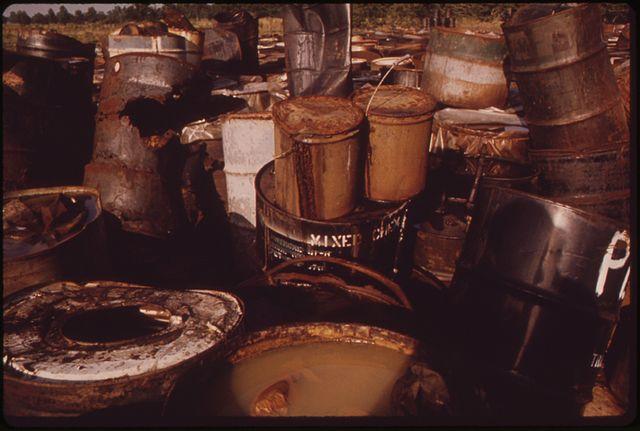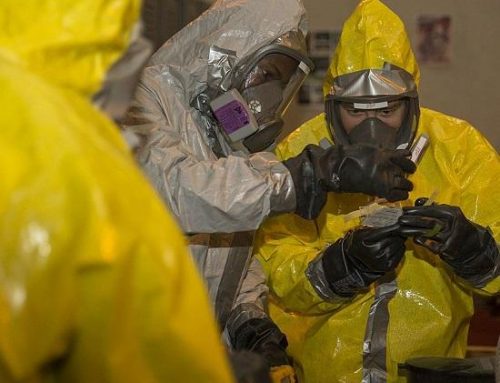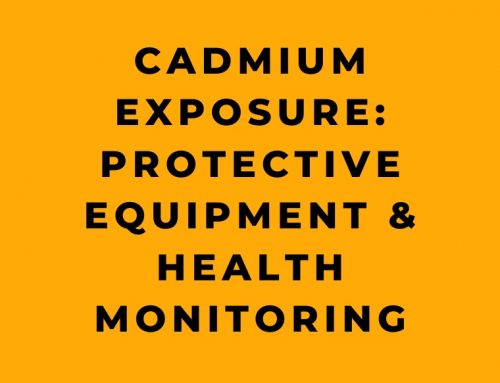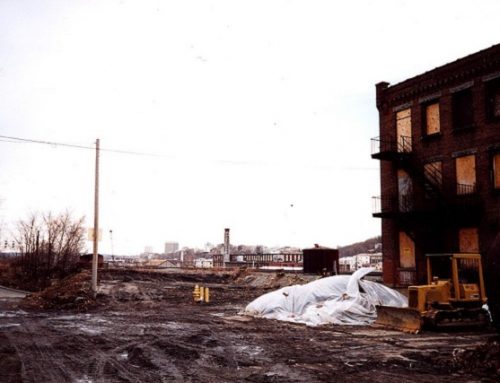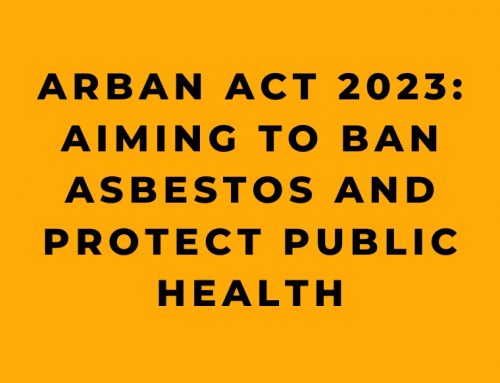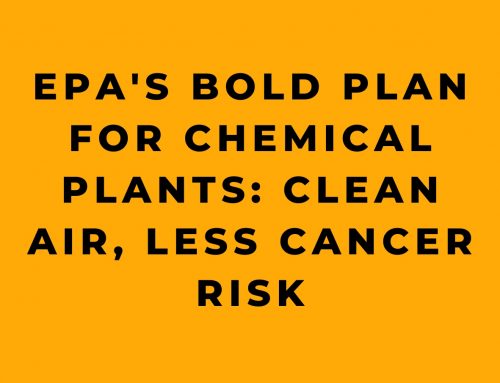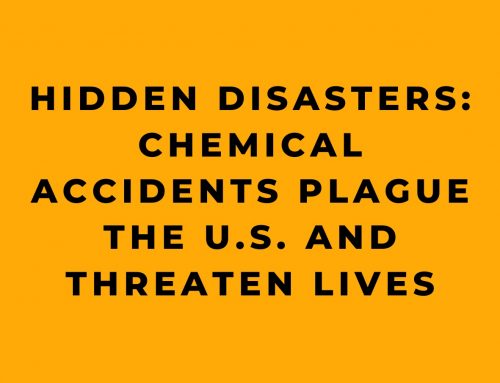The hazardous waste regulations can be found in Title 40 of the Code of Federal Regulations (CFR) Part 261-299. According to the EPA Methodology for Identifying Hazardous Waste, you must first determine if your waste is a “solid waste.” EPA defines “solid waste as garbage, refuse, sludge, or other discarded material, including solid, semi-solids, liquids, and contained gaseous materials. Uncompressed gases and vapors are not included in this list. Also, contained gaseous materials will include as solid waste a nitrogen or oxygen cylinder if you are considering disposing of either one as a waste.
If your waste is a solid waste, you must determine if it is a hazardous waste. It is your responsibility as a generator — and “generator” is defined as the person or organization for whom it is a waste — either to test your waste or to use your knowledge of the waste to make a determination about its properties. Once you know what is in your waste, you can then determine if EPA considers it to be hazardous.
All EPA hazardous wastes have a four-character Hazardous Waste Code beginning with the letters F, K, P, U, or D and followed by three digits — for example D001, F002, or K145. These lists, or categories, of hazardous wastes are published in 40 CFR 261.30.
F, K, P, and U listed hazardous wastes are hazardous regardless of the concentration of their hazardous constituents.
D, or Characteristic, wastes are treated differently than F, K, P, and U wastes. Because of D wastes’ specific characteristics, they are considered nonhazardous until proven hazardous.
The F List Waste Codes – nonspecific source wastes (40 CFR 261.31) are material-specific wastes, such as solvent wastes, electroplating wastes, or metal heat-treating wastes, produced by a wide variety (nonspecific sources) of industrial processes (designed with F waste codes.
The K List Waste Codes – specific source wastes (40 CFR 261.32) are wastes from specifically identified industries such as wood preserving, petroleum refining, and organic chemical manufacturing (designated with K waste codes).
The P and U Waste Codes – discarded commercial chemical products ( 40 CFR 261.33), which are off-specification products, container residuals, spill residue runoff, or active ingredients that have spilled or are unused and intended to be discarded and are toxic. These substances are designated with P and U waste codes. P listed wastes are regarded to be highly toxic. If the intent is to recycle or this material then the material is not considered a hazardous waste.
A discussion of the characteristic wastes — the D list — will be published in Part 3 of this blog series.


